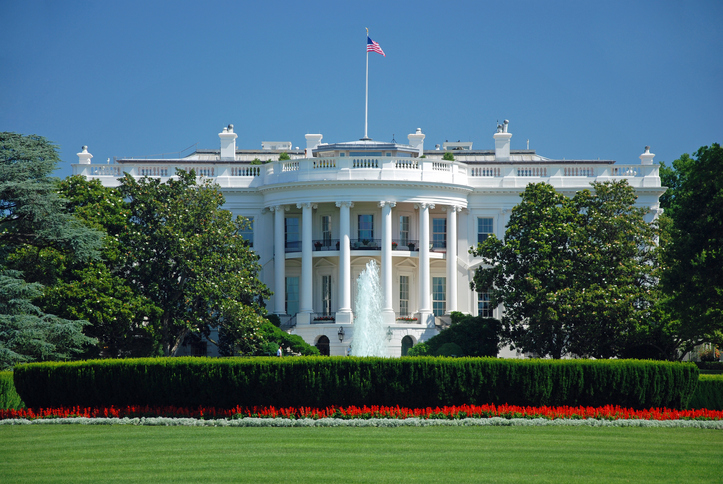Or rather, how long can a person be president of the United States? The answer is (probably) not what you think. We hope you enjoy this civics brainteaser.
What do Uncle John’s political feelings and free time have in common? The only political group he identifies with is the “Trivia Party,” (which he made up and is a perennial write-in candidate for president). Also, “Trivia Party” is what Uncle John holds every Friday night at BRI HQ. He likes to stay out of the political fray, but the one thing he does enjoy is presidential trivia, such as this little constitutional anomaly we recently came across.
How many years can a person legally serve as President of the United States?
There is no minimum, of course, although it would be difficult (and likely tragic) if anybody ever topped William Henry Harrison, who served for just 31 days in 1841 after developing pneumonia at his own inauguration—he delivered a three-hour speech in the freezing cold and refused to wear an overcoat or a hat.
The maximum isn’t 12 years.
And the maximum isn’t 12 years, either. If you came up with that answer, you’re probably thinking of Franklin Delano Roosevelt, who was elected in 1932, began serving in 1933, and died in office in 1945. Roosevelt was elected to four straight terms, and he probably would have served the full 16 years those four terms would entail, except that he died in office in 1945, and Vice President Harry Truman filled out that term (before being re-elected in his own right).
22nd Amendment to the Constitution.
Also, 16 is not the most years someone can legally serve as president. After Roosevelt passed away and thereby left office, Congress shortly thereafter passed the 22nd Amendment to the Constitution, which set a presidential term limit. The amendment reads, “No person shall be elected to the office of the President more than twice, and no person who had held the office of President, or acted as President, for more than two years of a term to which some other person was elected President shall be elected to the office of President more than once.”
Approximately 10 years.
Translating that from political-ese, this means that the grand total, and the answer we’re looking for…is approximately 10 years. If a President leaves office for any reason, the Vice President assumes the job. Then, they are still eligible to run for the presidency two times if the president they replaced served less than half of the term for which they were elected.
A historical example.
Let’s use a historical example. President Richard Nixon resigned in August 1974—which was less than two years (or halfway) into the second term he won in 1972. His successor, Gerald Ford, ran for reelection in 1976. He lost to Jimmy Carter, but had Ford won, he could have run again in 1980, and if successful, he could have served until 1984, a hypothetical but totally constitutional period of about 10 years.









